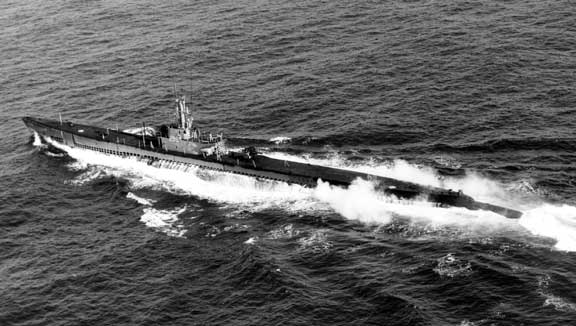USS LIONFISH (SS-298) Class: Balao
Length: 311 feet, 8 inches
Address:
U.S.S. Lionfish exemplifies the standard fleet boat of the Balao class. These boats, along with their siblings in the Gato class, served as the backbone of the U.S. Submarine Service in World War II. Her first captain was Edward Spruance, son of the famous World War II admiral, Raymond Spruance. After completing her shakedown cruise off New England, she headed for the Pacific and commenced her first war patrol in Japanese waters on April 1, 1945. Ten days later, she dodged two torpedoes from a Japanese submarine and on May 1 destroyed a Japanese schooner with her deck guns. After a rendezvous with the submarine Ray, she transported B-29 survivors to Saipan and then made way to Midway Island for replenishment. On June 2 she started her second war patrol, firing on three Japanese submarines. She ended her second and last war patrol performing lifeguard duty (the rescue of downed fliers) off of the coast of Japan. When hostilities ended on August 15, she headed for San Francisco and was decommissioned at the Mare Island Navy Yard on January 16, 1946. Lionfish was recommissioned on January 31, 1951, and headed for the east coast for a myriad of training cruises. After participating in NATO exercises and a Mediterranean cruise, she returned to the East Coast and was decommissioned at the Boston Navy Yard on December 15, 1953. In 1960, Lionfish was called to duty again, this time serving as a reserve training submarine at Providence, Rhode Island. She served in that capacity until the summer of 1972, when she arrived at Battleship Cove. A memorial to all American submariners killed in action during World War II, U.S.S. Lionfish is one of five National Historic Landmarks on exhibit at Battleship Cove, the world's largest collection of historic naval ships.
Return to the HNSA Home Page.
|

 USN Photo
USN Photo